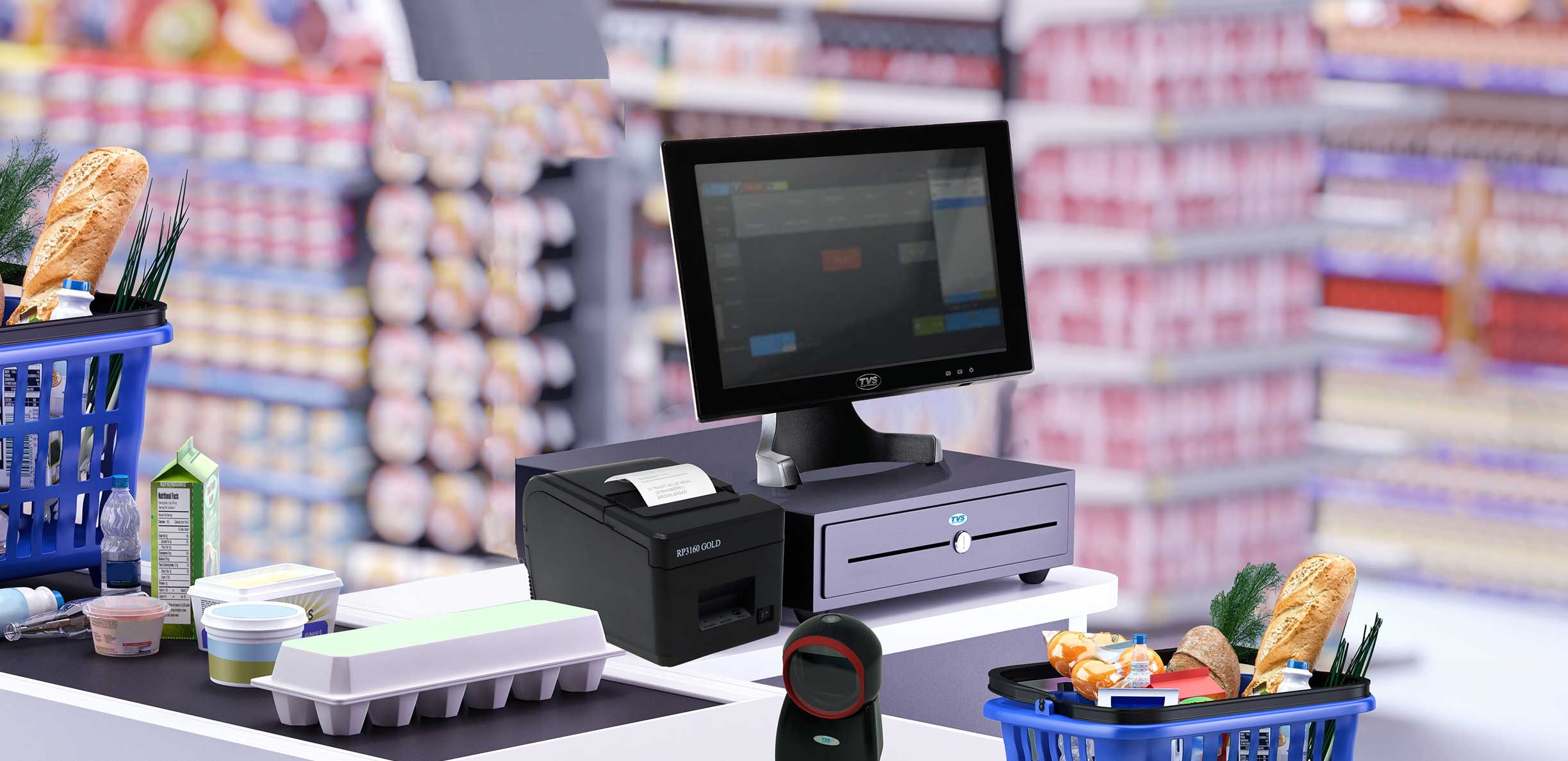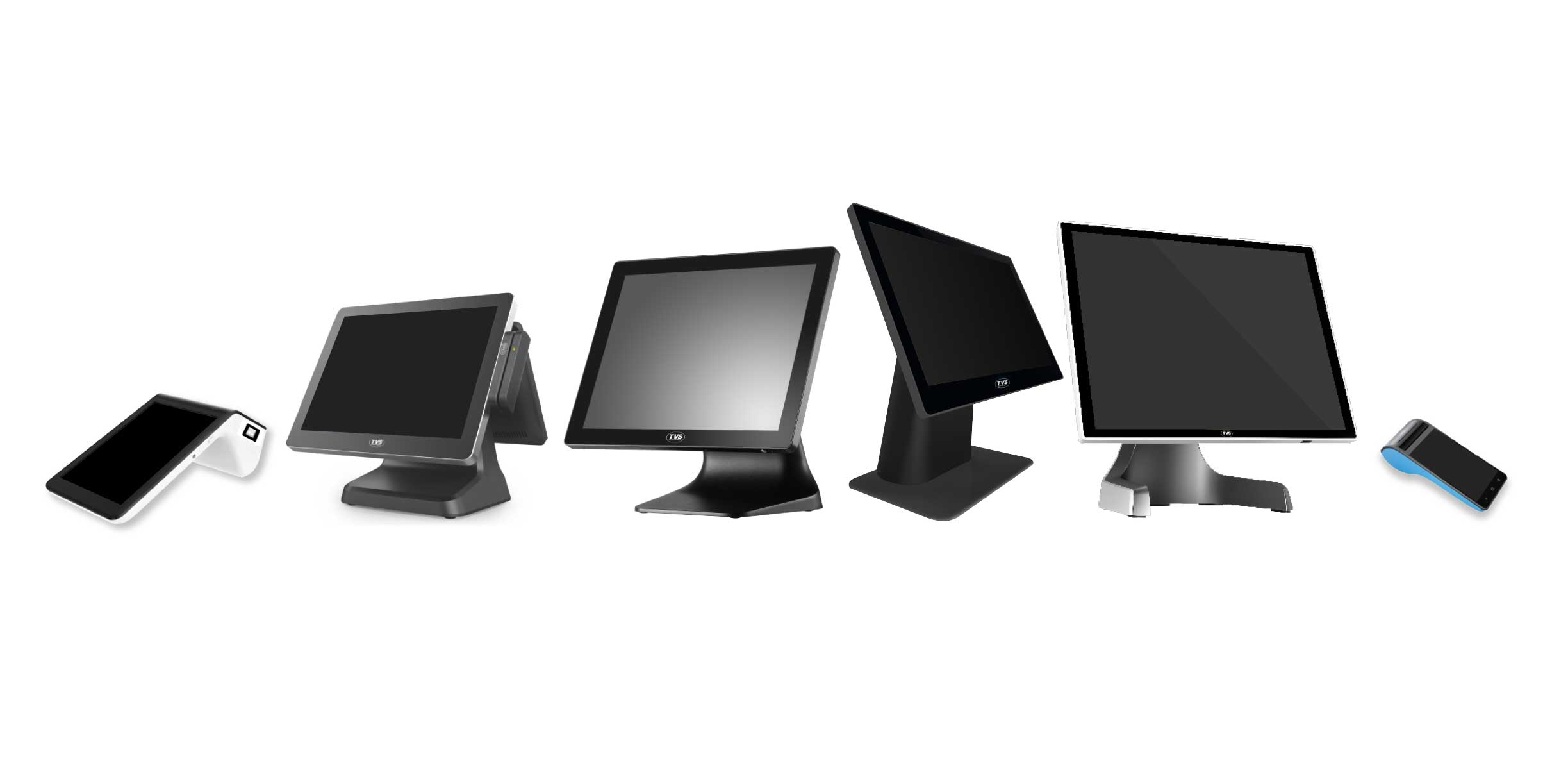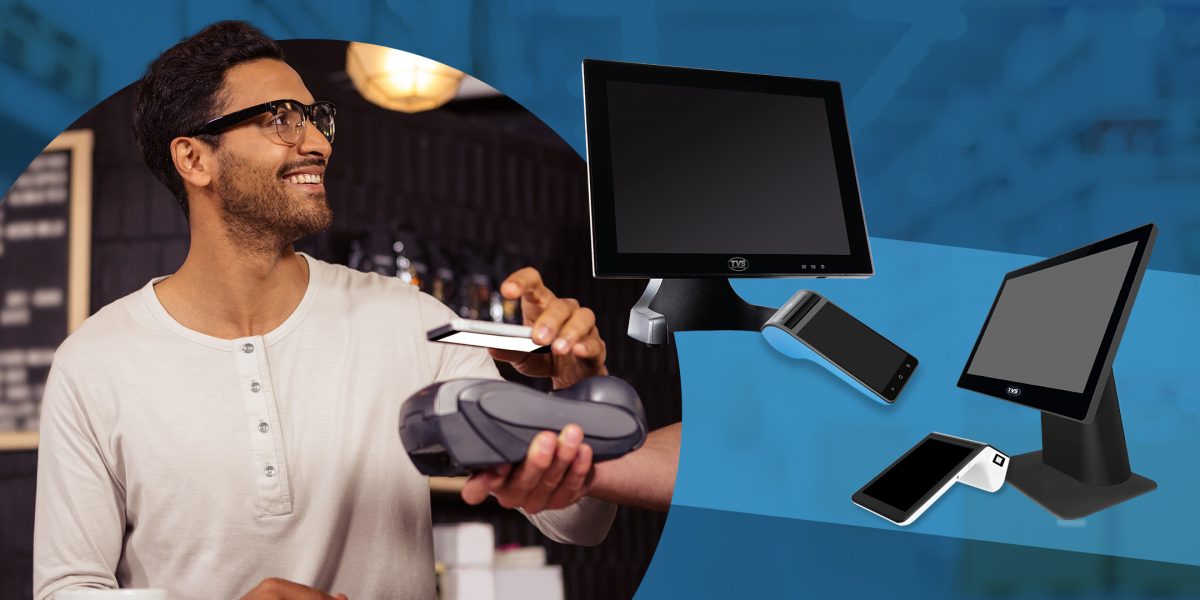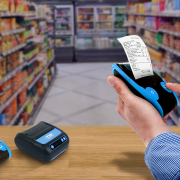A POS (Point of Sale) system is a computerized system used in retail, hospitality, healthcare, and many other businesses to complete sales transactions and manage various aspects of the business. It typically consists of hardware that includes cash registers, barcode scanners, receipt printers, and more, and software that works together to process payments, track inventory, generate reports, and perform other business operations.

A POS system offers improved efficiency, accurate transaction processing, streamlined inventory management, and valuable reporting capabilities. It is an essential tool for businesses looking to enhance customer service, optimize operations, and make data-driven decisions.
ROI stands for Return on Investment. It is a financial metric used to evaluate the profitability or efficiency of an investment. ROI measures the return or gain on an investment relative to its cost. It provides a way to assess the success or failure of an investment by comparing the net profit or benefit generated to the amount of money invested.
Implementing a POS (Point of Sale) system in a retail business can yield a significant return on investment (ROI) by enhancing operational efficiency, improving customer experience, and increasing profitability.
Key benefits of POS systems in retail
A retail store POS system offers streamlined sales processes, efficient inventory management, data-driven decision-making, enhanced customer relationships, and seamless integration. By harnessing these advantages, retailers can optimize operations, improve customer satisfaction, and drive revenue growth.
Calculating ROI for your POS system
Here is a step-by-step guide to calculate the ROI for a POS system for any retail store:
Step 1: Determine the initial investment and recurring costs – Identify all the costs associated with implementing the POS system that, includes the hardware, software licensing fees, installation, training, and other upfront expenses. They also have minimal costs like licensing or subscription fees, hardware maintenance and upgrades, and support.

Step 2: Identify and quantify the benefits and savings – First, identify the benefits from a POS system and then assign monetary value to them. In this way increase in sales, cost reduction, and time savings can be estimated. You can use historical data, market research, and projections to make a realistic estimation.
Step 3: Calculate net profit and ROI – Use the formula to calculate the net profit and ROI.
Step 4: Analyze and interpret the ROI – The results can indicate the impact on the business after calculating the ROI. You can consider the time frame of the analysis and compare the ROI to your business’s expectations, industry benchmarks, and the cost of alternative solutions.

In conclusion, the ROI of implementing a POS system in retail is achieved through improved operational efficiency, enhanced customer experience, optimized inventory management, and data-driven decision-making. By leveraging these benefits, retailers can increase sales, reduce costs, and ultimately achieve higher profitability.
Choosing the Right POS System for Your Retail Store
Choosing the right Point of Sale (POS) system for a retail store is essential as it directly impacts the efficiency of operations, customer experience, and overall business success. TVS Electronics is a vendor that provides a range of hardware and software solution combinations for a POS system for retail businesses to choose from. TVS E hardware includes TP 415c Pro, TP 415Ca, TP 482 AIO, N5 and P1000 with the software Royal POS solution that focuses on the restaurants, bakery, and sweet shop segments of retail stores.

Another offering from TVS E is the TP 415 CA hardware with the Snapp Bizz software solution useful for groceries, sweet shops, and vegetable shops. Finally, TVS-E offers Wiseasy N5, P1000 and TP 482 AIO hardware with their in-house software TVS-E Pay solution that is ideal for small to mid-size businesses and stores. All these hardware and software solutions for a POS system are an ideal option for retail stores looking to invest in a POS system and make it a profitable choice.
By considering these factors and selecting the right POS system, retailers can enhance their operational efficiency, optimize inventory management, provide an excellent customer experience, and position their businesses for growth and success.













